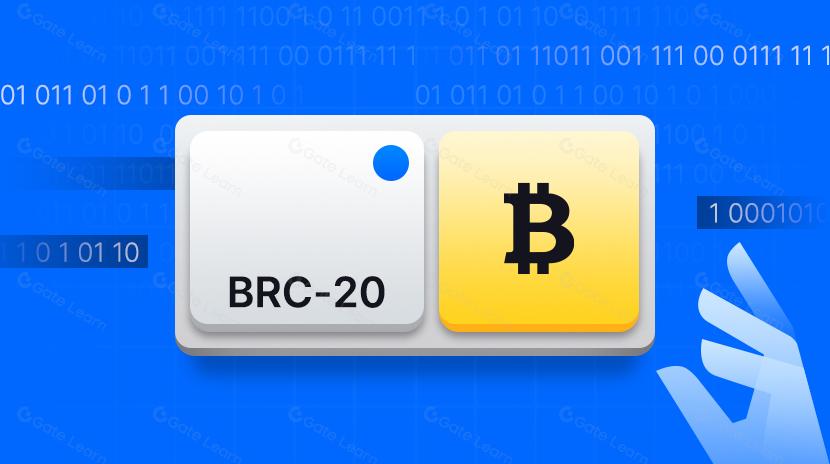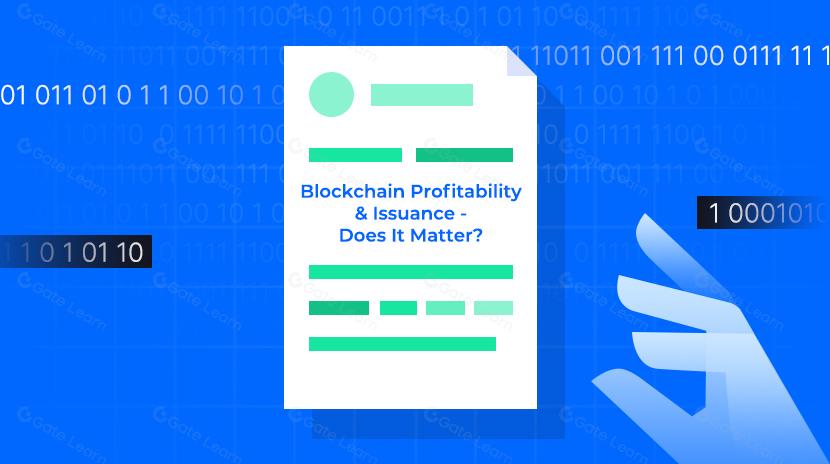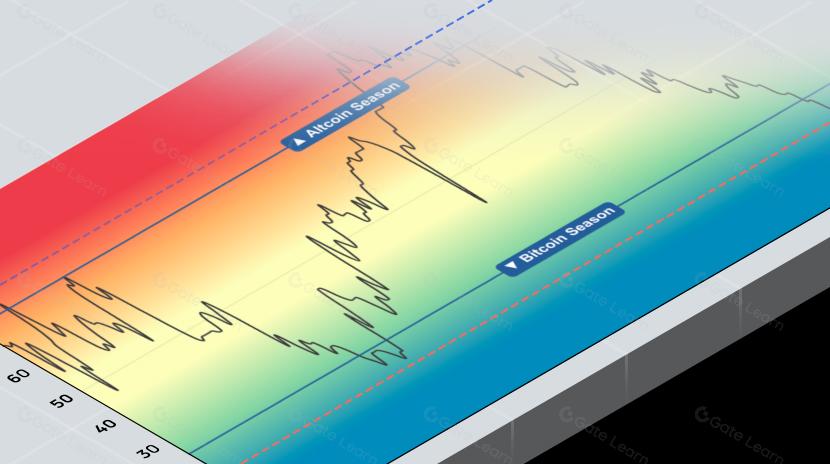Time-Scheduled Token Unlocks: An Elephant in the Room
‘Low float high FDV’: a superficial issue
As ‘low float high FDV’ emerged to become an industry-wide predicament — spearheaded by a Binance Research report in May 2024 — the discussion has yet to progress beyond superficially scratching its surface. The very crux of this issue remains unexplored, nor has anyone challenged the very root of its existence.
The right questions should be asked are:
- Why is there the gap between market cap and FDV in the first place?
- Why is ‘low float high FDV’ causing problems?
Market cap vs FDV: a crypto-only problem
Why is there no ‘low float high FDV’ problem in TradFi? Because it’s unique to the crypto world.
In TradFi, market cap is calculated based on all outstanding shares, including those shares locked up post-IPO for 6–12 months. Diluting factors such as options and restricted share units (RSUs) are minimal, so FDV is only slightly larger than the market cap. When new shares are issued, it usually happens through a fundraise or a stock split, both of which immediately reflect in the market price.
In crypto, however, projects largely follow the tokenomic legacy left by Satoshi Nakamoto: a finite total supply with a low initial free float. This has resulted in a ‘crypto FDV’ that’s fundamentally different from the ‘TradFi FDV’: the latter only accounts for potential conversion of derivatives into shares which barley enlarge and dilute the circulating supply, while the former takes into calculation of all possible future tokens that may be printed into the system.

TradFi FDV vs Crypto FDV (by Respective Definitions)
If we applied the crypto definition of FDV to TradFi, it would account for all possible future share issuance. While this is technically possible (since companies have authorised share caps), the number is essentially limitless, thanks to the ease of lifting such caps through shareholder approvals.

TradFi FDV vs Crypto FDV (by Crypto Definition)
Now with an apple-to-apple comparison, one may easily frown — at least I do —upon the crypto definition of FDV: does it make sense to value a company or project based on its current spot price and all the shares or tokens it could issue? Of course not. If tokens could be printed without restriction — as the US Treasury does with dollars — a company/project would be valued at infinity.
So why on earth are we adopting such a nonsensical metric of FDV in crypto? The answer lies in its relevance during pre-TGE fundraising, but not after. Before TGE, VCs invest for a certain percentage of tokens, which can only be calculated based on a certain total supply. Once the token is listed, FDV should become irrelevant, with market cap being the only meaningful metric. This is why no one talks about the FDV of Bitcoin or Ethereum anymore; only their market caps matter. (Note: Ethereum has an uncapped total supply just like how TradFi companies are able to issue shares indefinitely, so there’s no way to calculate its FDV anyways.)
So, if FDV is irrelevant — or more of a scapegoat — in the reproach of ‘low float high FDV’, what’s the real culprit?
Time-scheduled emission: the real culprit
While most projects mimic Bitcoin’s finite total supply and low initial float, they fail to adopt its core principle: demand-driven emission instead of time-scheduled emission.
Bitcoin’s emission schedule is often misunderstood as purely time-based — thanks to the widely known ‘four-year halving cycle’ — when in reality, it’s demand-driven. The key mechanics are:
- BTC emission (block reward) is tied to the number of blocks mined;
- if the reward (essentially BTC price) isn’t high enough to incentivise miners, no new BTC is released; and
- BTC’s price is ultimately driven by demand, since its supply mechanism is fixed.

BTC Halving: Looks Time-Scheduled, but Really is Demand-Driven
This demand-driven emission aligns with fundamental economic principles: you only create new money or tokens when the system needs it. In stark contrast, most crypto projects — especially VC-backed ones — follow time-scheduled emissions, which is the real cause of ‘low float, high FDV’ issues.
The most obvious flaw in time-scheduled token unlocks is the misalignment between supply and demand. Supply is rigidly programmed into smart contracts, while demand fluctuates unpredictably. Projects often publish roadmaps that seem to justify their emission schedules, but these plans rarely go as expected. As a result, tokens are issued to meet no demand or even reduced demand (pre-TGE airdrops often create the highest demand). The consequence is none other than a continuously dropping token price.

Scheduled Emission: Scheduled Supply vs Unscheduled Demand
But there’s a more insidious issue: interest misalignment. Most projects schedule emissions differently for teams, VCs, communities, and treasuries, etc. While this might appear to prioritise certain ‘disadvantaged groups’ (e.g. the community) by unlocking their tokens first, it leads to conflict of interest, reflecting extremely poor design. Here’s how this typically plays out:
- pre-unlock, the community/market anticipates a token dump, so they sell or limit their exposure;
- the project team, anticipating the unlock, artificially pumps the token price through manufactured news and market-making to attract retail investors, onto whom they can dump their tokens; and
- upon unlock, the team must compete with the VCs who too have their tokens unlocked and the need to exist, and they very often end up coordinating their dump together through a market-maker.
This misalignment pits the team and VCs against the community, eroding trust and causing the poor post-TGE performance of many VC-backed tokens.

Vicious Cycle Created by Time-Scheduled Unlocks
Demand-driven token emission: the only solution
For projects that anticipate future token emissions or unlocks, the only economically sound solution is demand-driven emission. This applies particularly to VC-backed projects with vesting mechanics, though it doesn’t include tokens with 100% initial circulation (e.g., meme coins with fair launches).
It fixes the fundamental flaws of time-scheduled emission through:
- supply-demand balance: tokens are only released when there’s extra demand (e.g. token consumption), preventing scheduled inflation; and
- interest alignment: only when the community/market generate extra demand for the token (e.g. protocol usage) does it trigger unlocks, putting the team and VCs on the same boat with the community.
However, this also introduces a new risk: uncertain vesting for the team and VCs. If the community stops engaging, demand fades, and no new tokens are unlocked. But shouldn’t this risk rightfully be borne by the team and VCs? Without it, Web3 will remain a zero-sum game between insiders and the community — or worse, a financial scam.
Disclaimer:
- This article is reprinted from [medium]. All copyrights belong to the original author [Dr Daoist]. If there are objections to this reprint, please contact the Gate Learn team, and they will handle it promptly.
- Liability Disclaimer: The views and opinions expressed in this article are solely those of the author and do not constitute any investment advice.
- Translations of the article into other languages are done by the Gate Learn team. Copying, distributing, or plagiarizing the translated articles is prohibited unless mentioned.
Related Articles

In-depth Explanation of Yala: Building a Modular DeFi Yield Aggregator with $YU Stablecoin as a Medium

BTC and Projects in The BRC-20 Ecosystem

What Is a Cold Wallet?

Blockchain Profitability & Issuance - Does It Matter?

What is the Altcoin Season Index?
